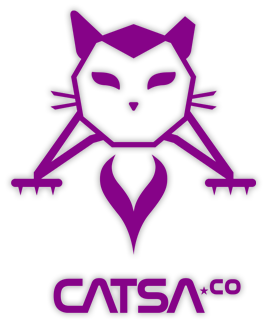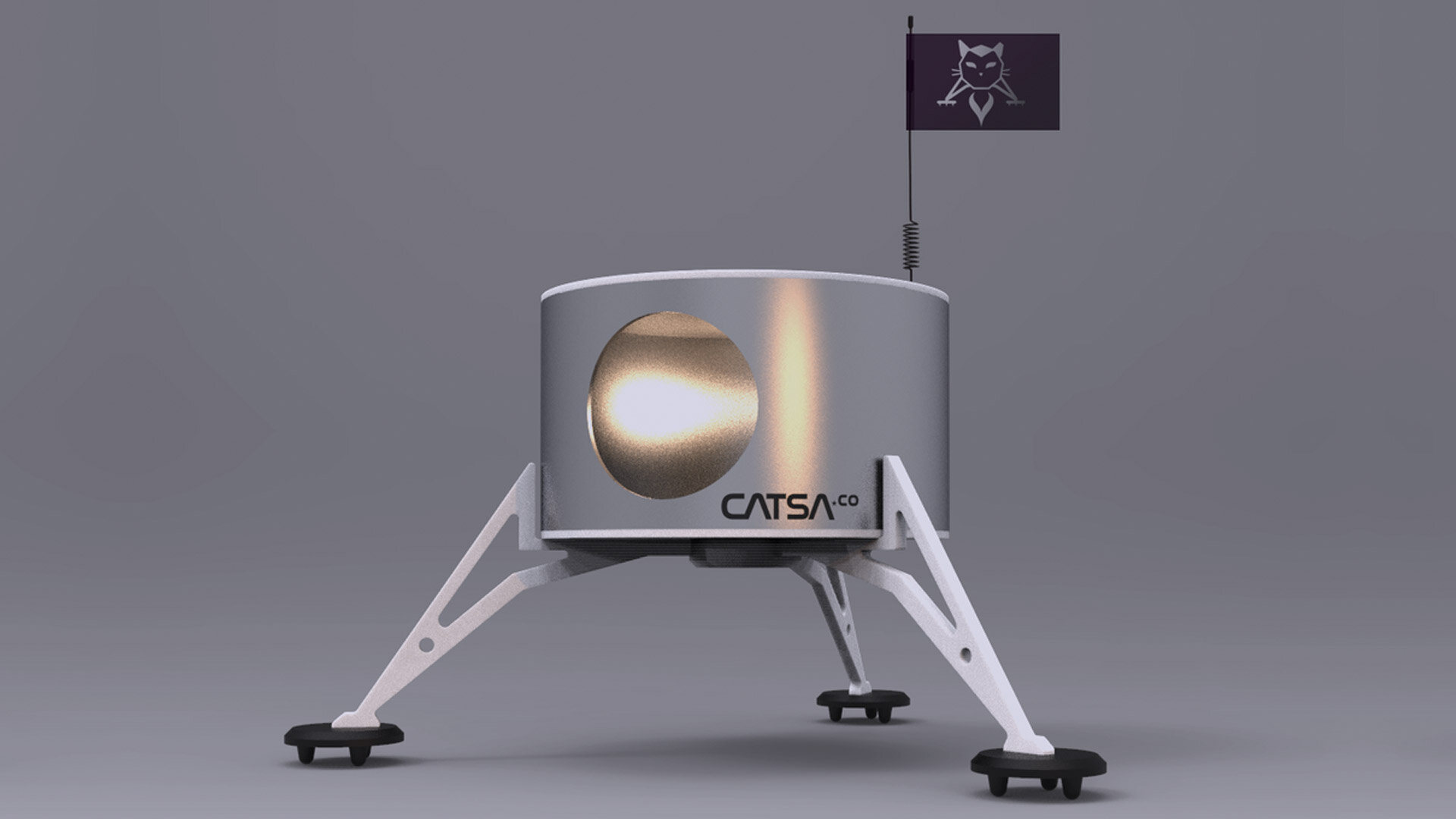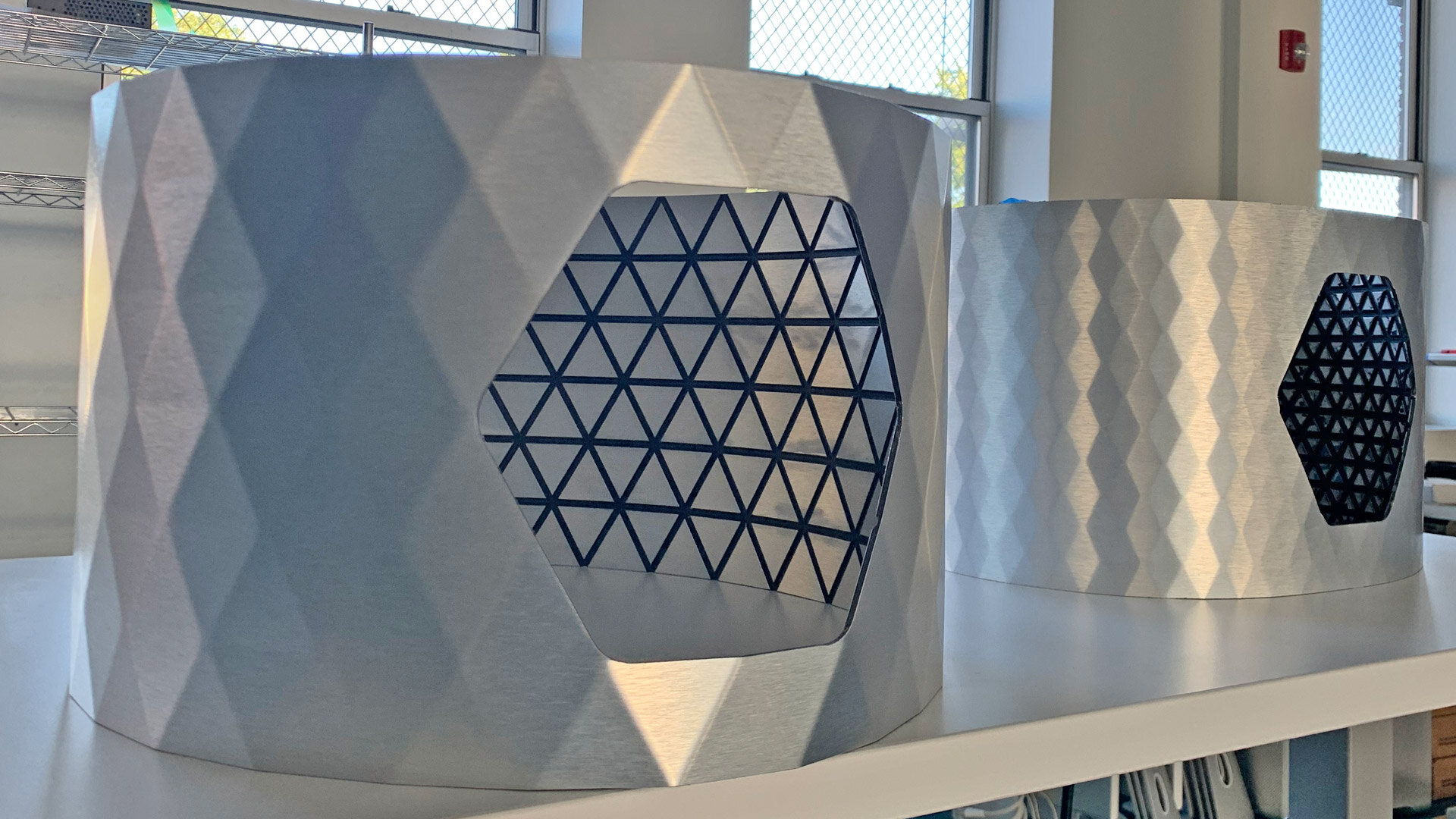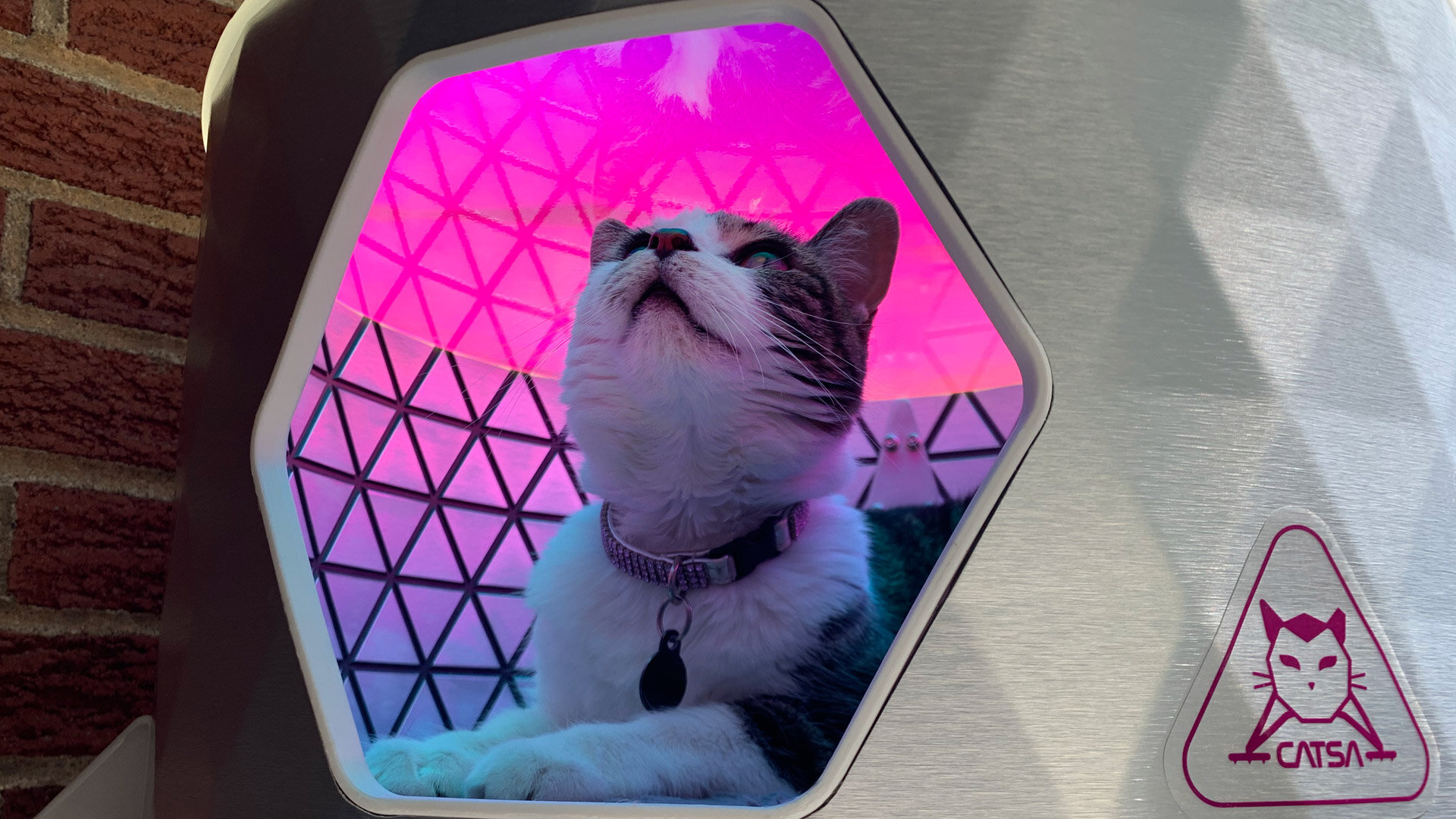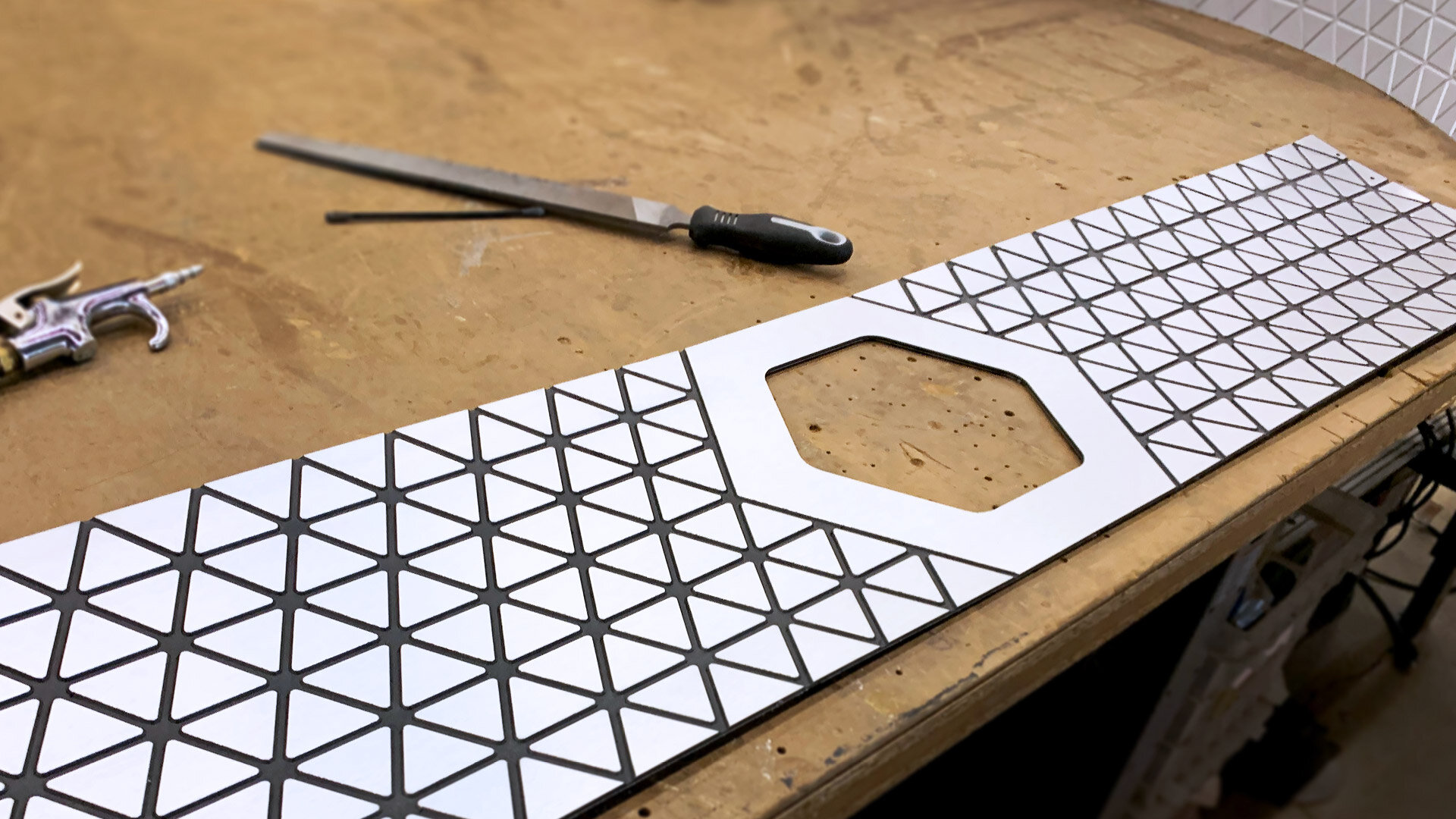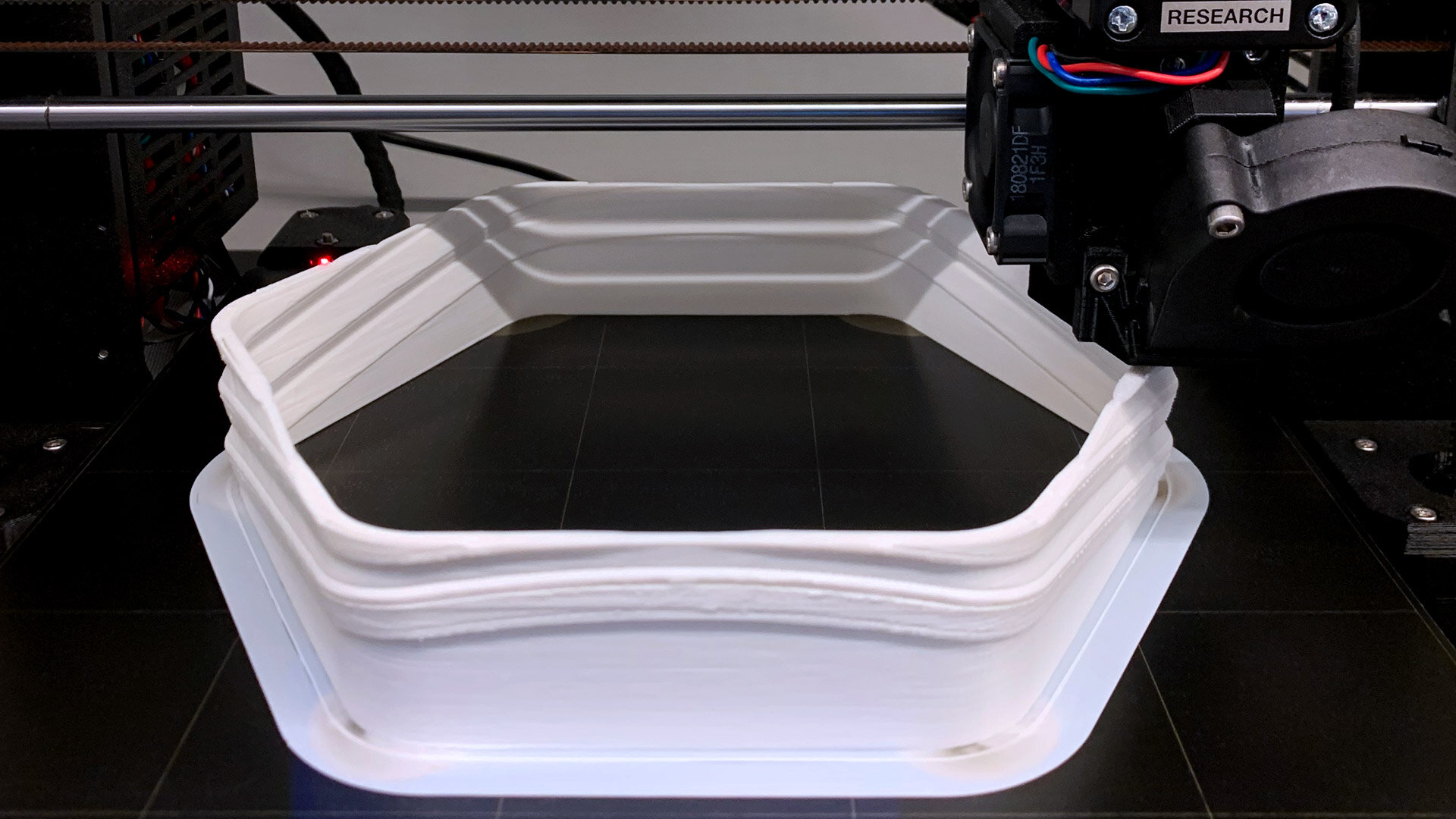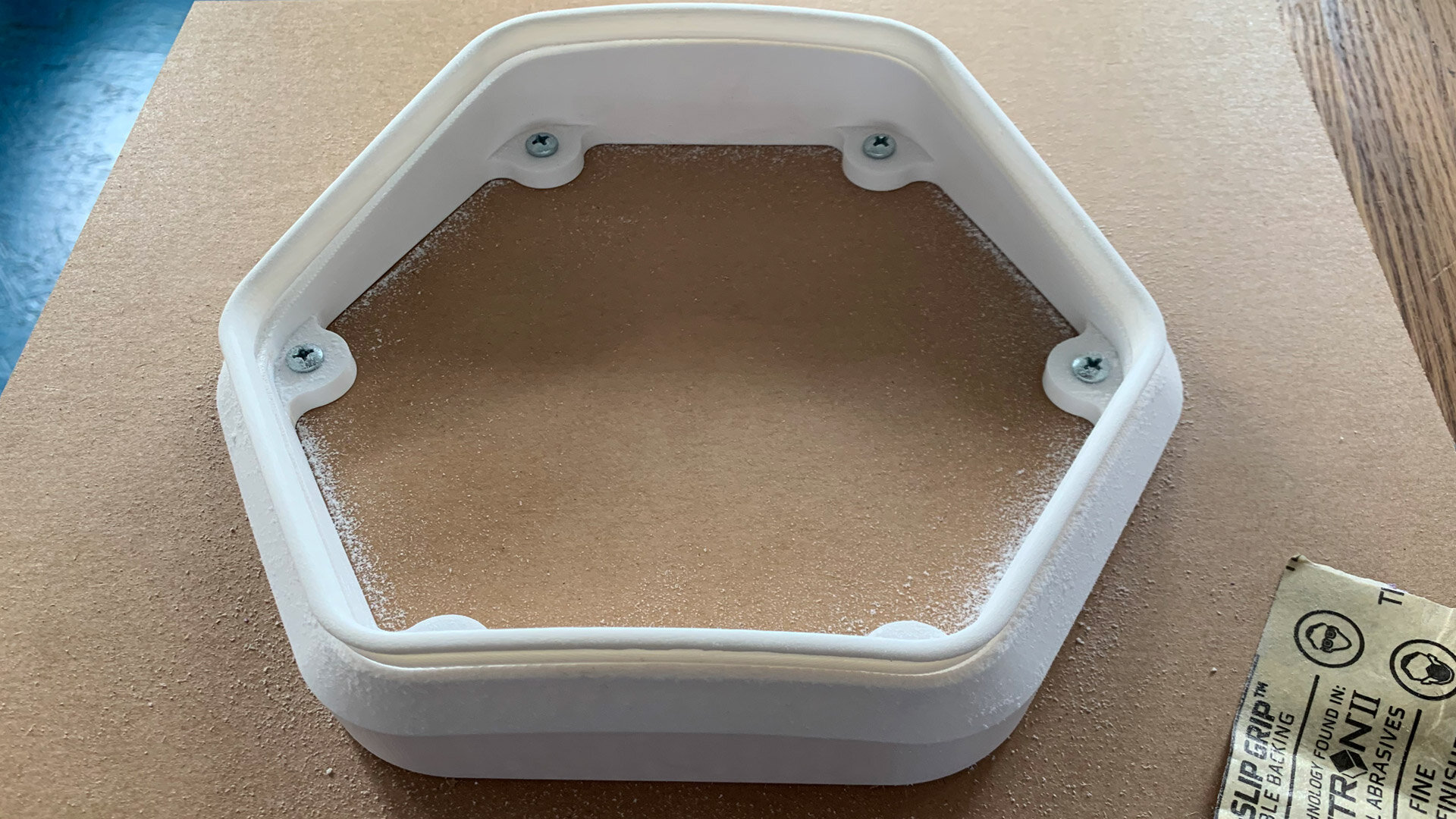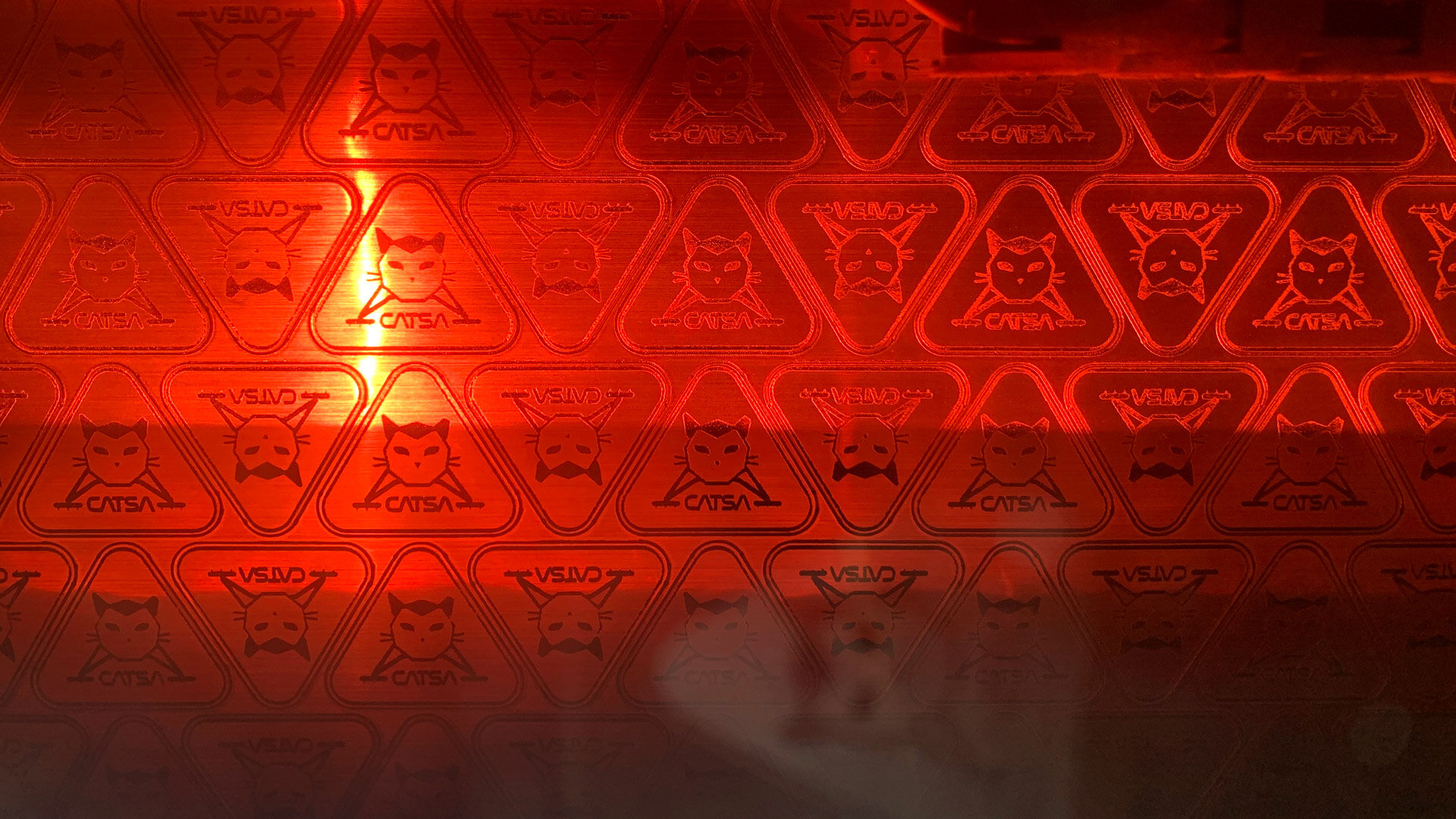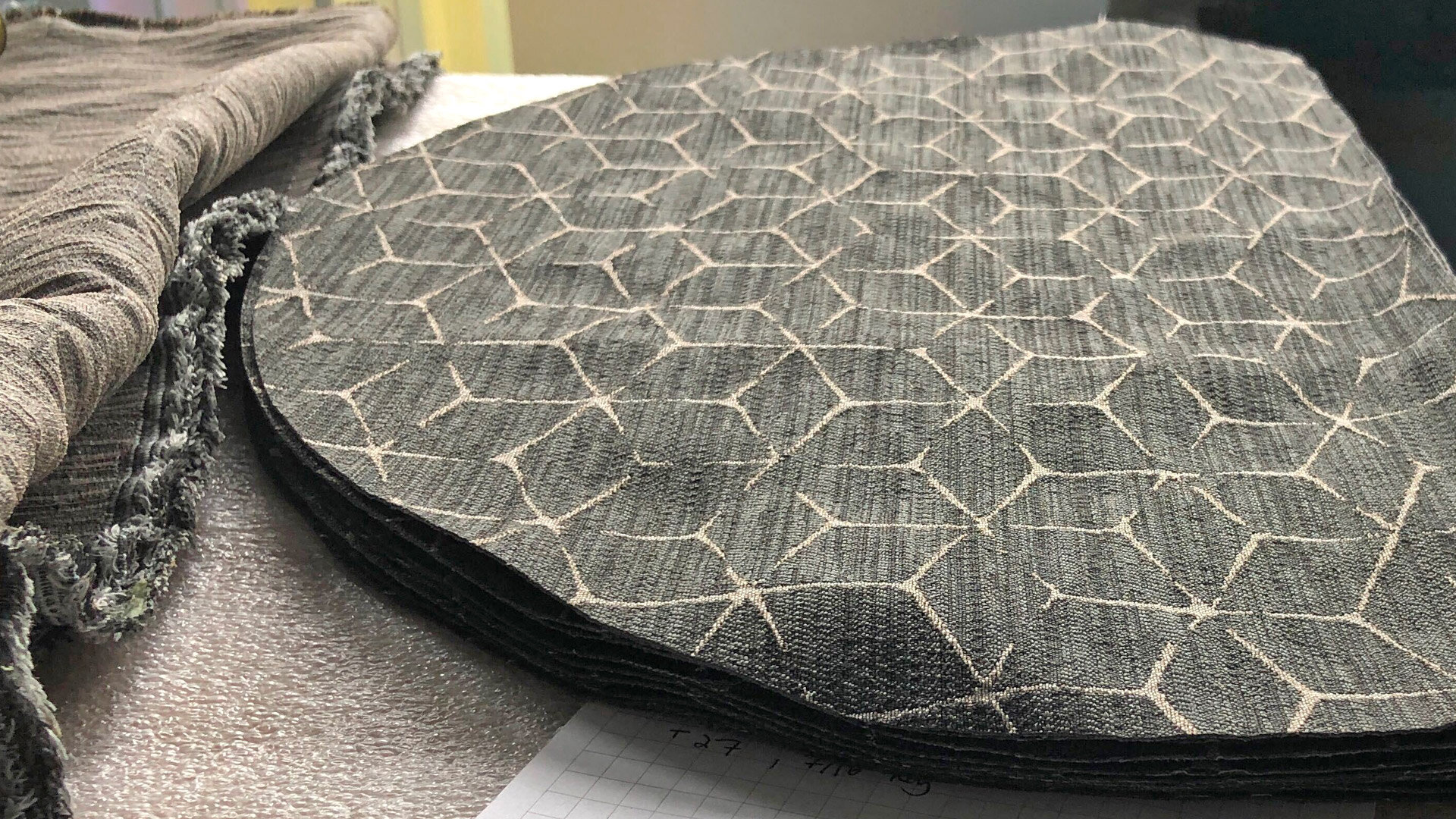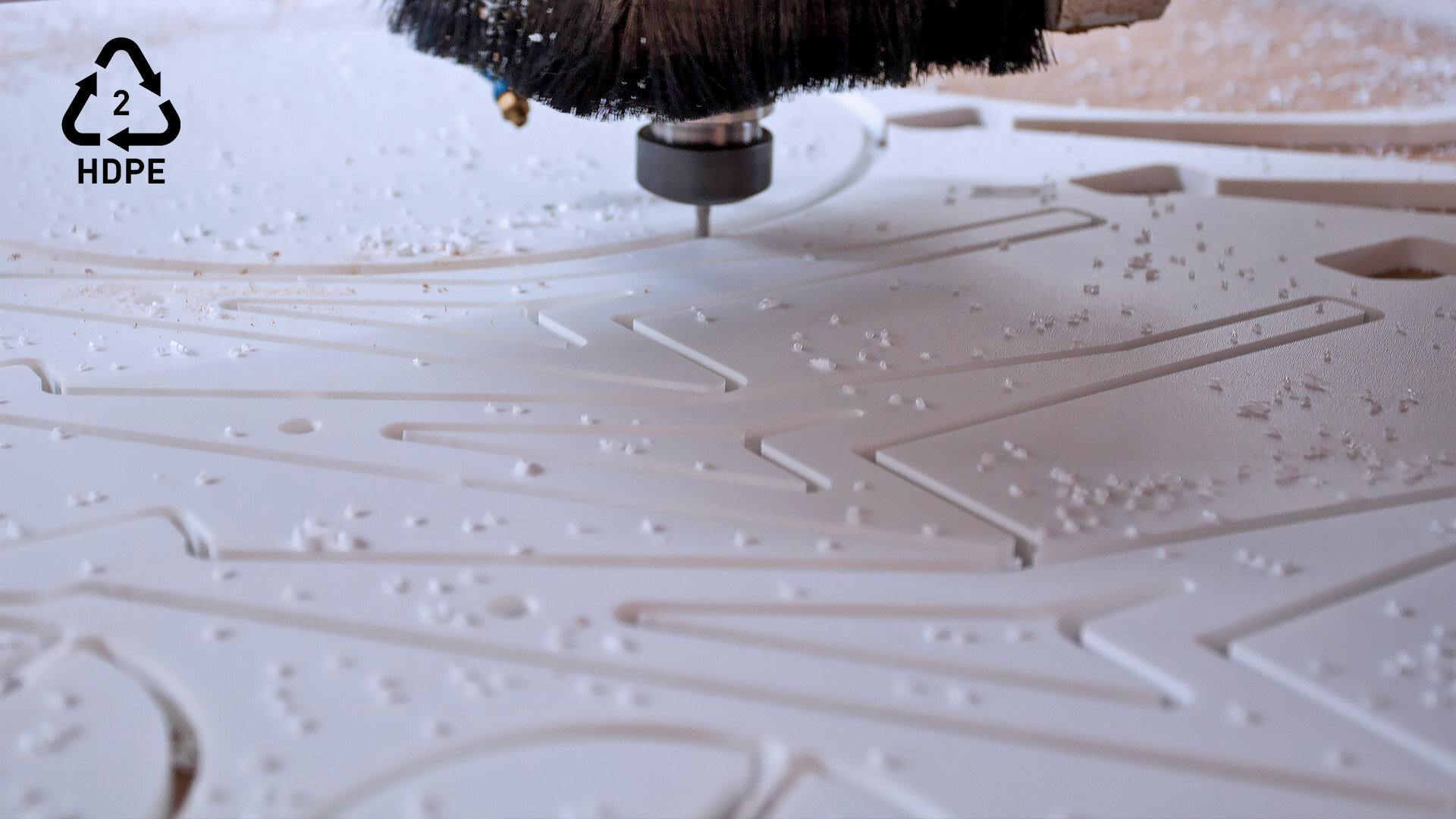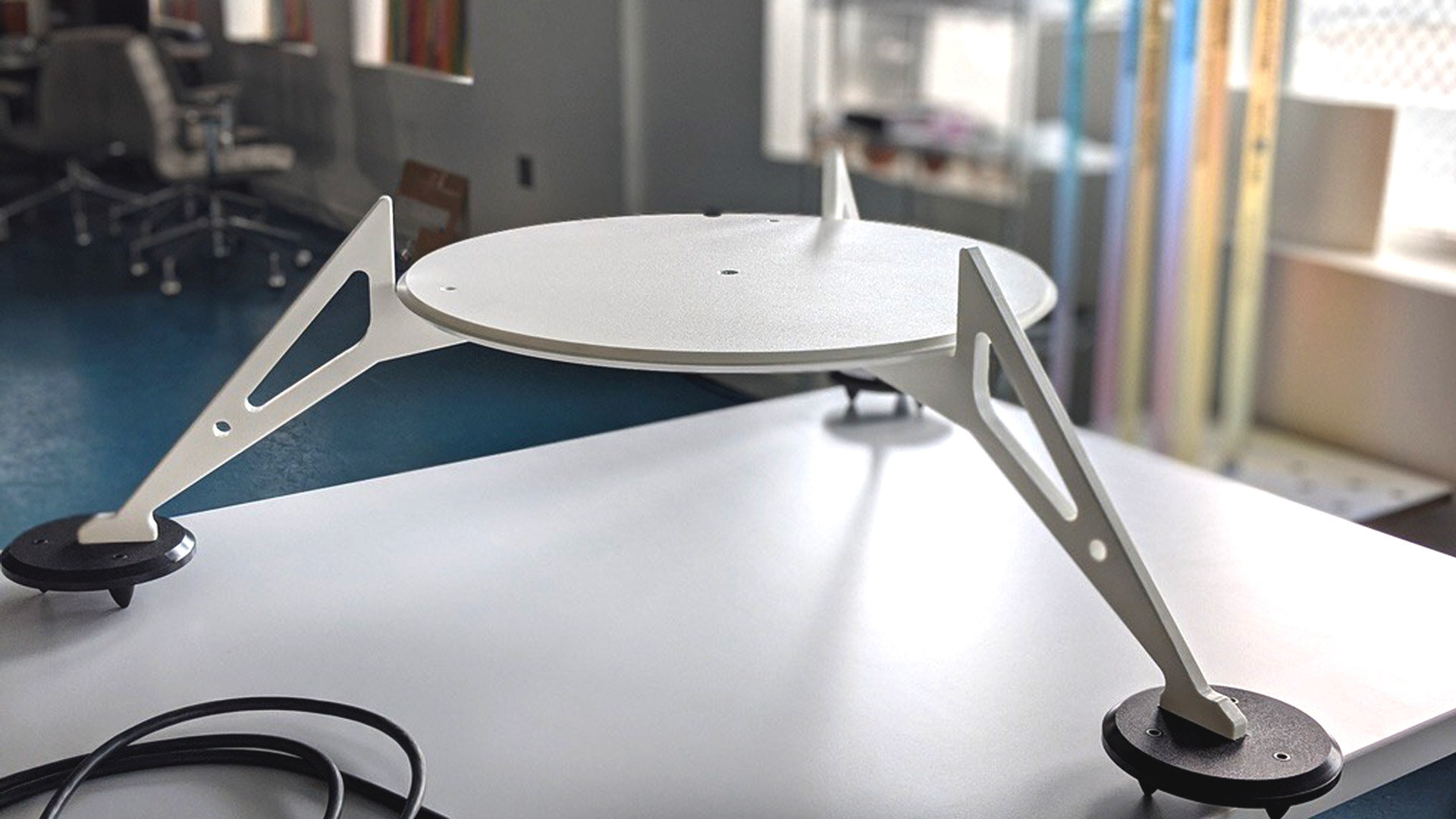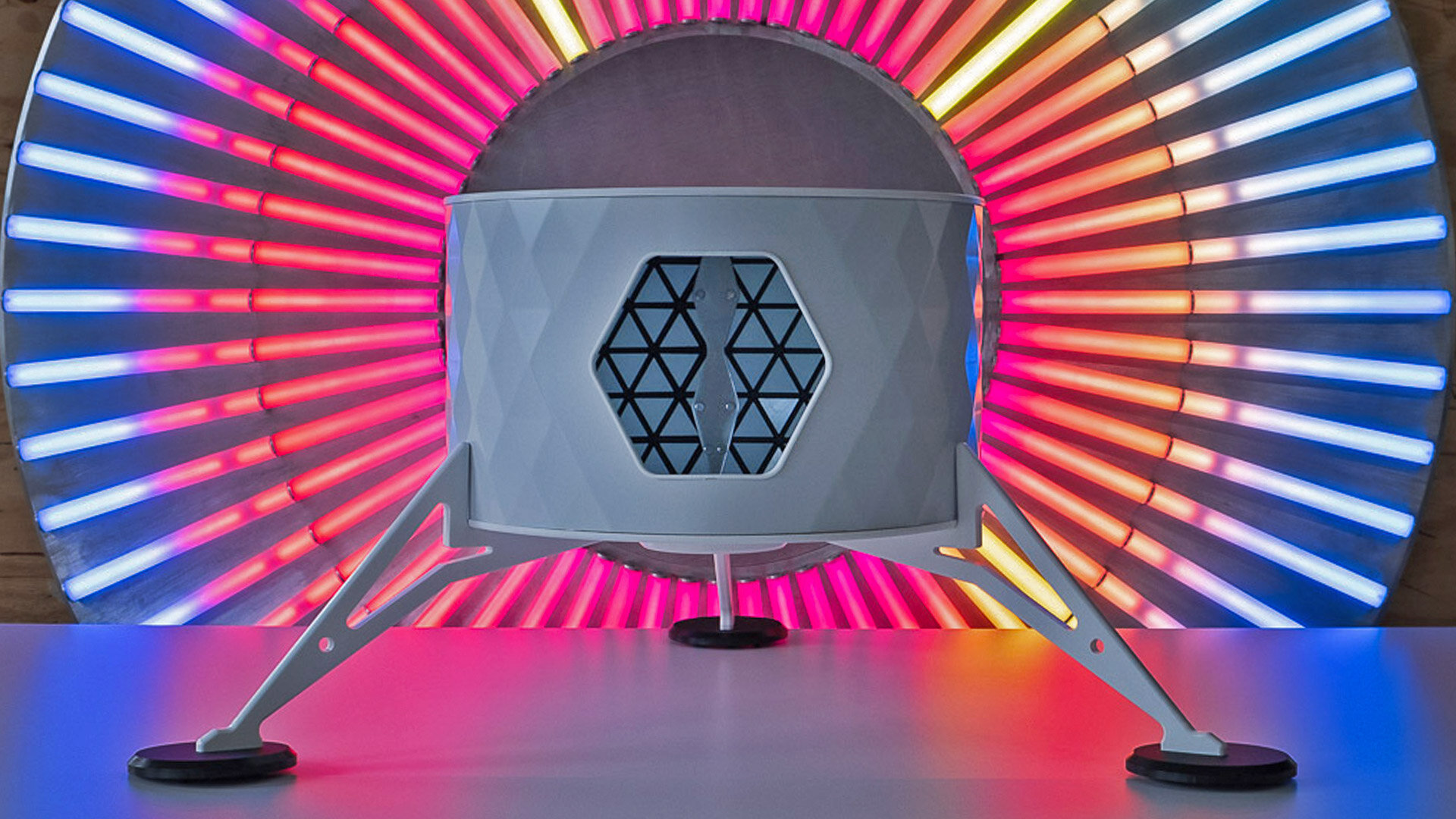LANDER MARK1 DEVELOPMENT
Along the road to perfecting the CATSA Lander Mark1, there were many prototypes and even more component revisions made. The entire process was a labor of love that took place over a six-month period. We wanted to be sure the final feline escape pod would live up to the relentless expectations of our Catsanaut test pilots. There was after all serious napping to be done.
